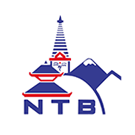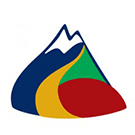Trip Facts
Trip Highlights
- Max altitude : (5,400m/17,716ft)
- Suitably designed itinerary for acclimatization
- Accommodation in the best-selected lodges and tea houses along the trail and in Kathmandu
- Crossing Thorong La, one of the most challenging pass
- Views of Annapurna Range, Machhapuchhre, Dhaulagiri, Manaslu, Gangapurna and Tilicho Lake
- Traditional villages inhabited by Gurung, Thakali, Tamang, etc
- The fauna found in the region- pika, blue sheep, and Himalayan Tahr.
- One of the most popular trekking route of Nepal
Trip Overview
Annapurna Circuit Trek in Nepal is globally renowned as one of the most spectacular trekking routes. Opening to foreign trekkers in 1977, it has since become a favorite among adventurers. This classic trek incorporates dramatic features such as deep gorges, high mountain passes, Buddhist temples, and rustic villages. Moreover, it offers breathtaking views of the Annapurna Massif and Dhaulagiri. The trek’s diversity is remarkable, encompassing landscapes from subtropical to alpine, and even transitioning into an arid semi-desert environment.
The climax of the journey is the awe-inspiring crossing of the iconic Thorong La Pass (5,416 m). Furthermore, the pass provides a dazzling panorama of numerous peaks, including Annapurna I-IV, Annapurna South, Gangapurna, Nilgiri, Machhapuchhre, and Dhaulagiri.
The classic Annapurna Circuit Trek in Nepal follows a circular route around the Annapurna Massif. To embark on this adventure, you will initially traverse the Marsyangdi Valley to the north of the main Himalayan range, and then, it’s an exhilarating ascent to the Throng La Pass. Subsequently, the trail descends onto a high-altitude plateau and continues southward along the extraordinary Kali Gandaki Valley. Along the way, you’ll have the chance to immerse yourself in the typical villages of diverse ethnic groups, including Gurung, Magar, and Thakali.
This is a sample itinerary of the Annapurna Circuit Trek in Nepal. We can tailor-make the program as per your needs and preferences. Want to know more about Annapurna Circuit Trek? Contact us
Note: Below trekking hours, altitudes, and distances are approximate, and absolutely for the general idea only.


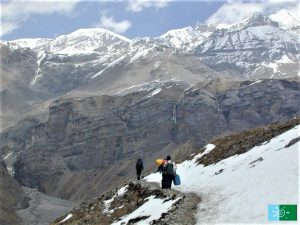


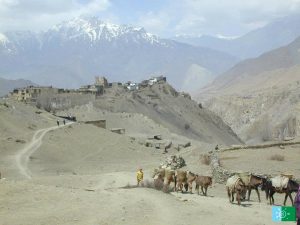
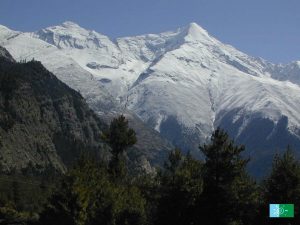
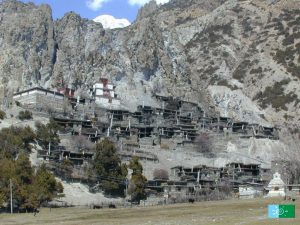


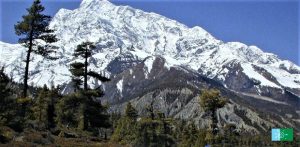










 Altitude:
3,710 m
Altitude:
3,710 m
 Difficulty:
Moderate
Difficulty:
Moderate






